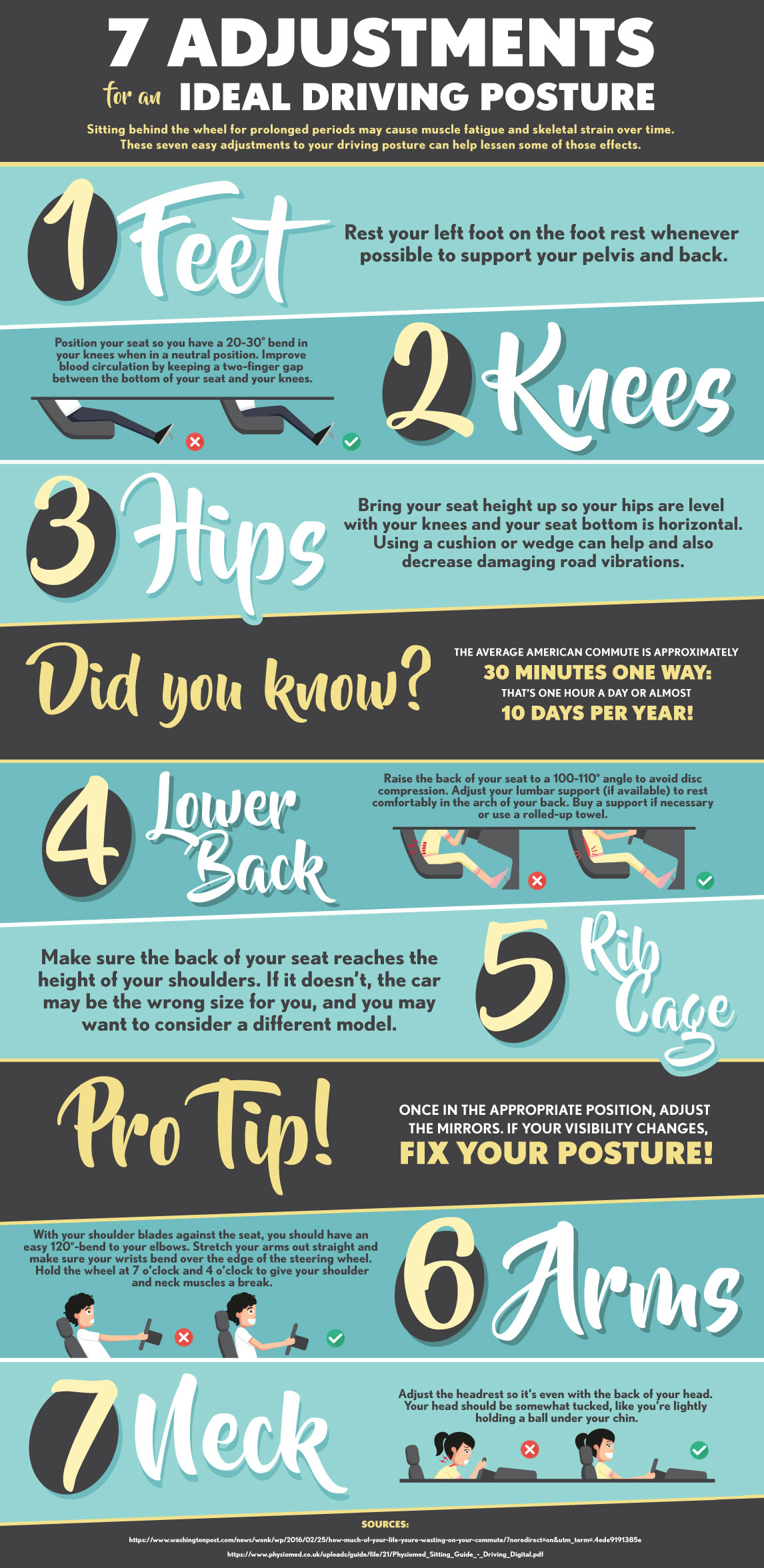Would You Like To Read More About The Techniques By Which Cold Laser Treatment Eases Chronic Pain?
Would You Like To Read More About The Techniques By Which Cold Laser Treatment Eases Chronic Pain?
Blog Article
Article By-copyright Rooney
You may have found out about cold laser treatment as a potential option for persistent discomfort relief, yet how precisely does it work? The idea of using low-level laser light to ease relentless discomfort might seem interesting, yet does it genuinely provide on its guarantees? Let's discover the scientific research behind cold laser treatment and whether it could be the trick to handling your chronic discomfort properly.
Understanding Cold Laser Therapy
To understand cold laser treatment, you have to comprehend the fundamental concepts of just how this non-invasive therapy approach functions. Cold laser treatment, also called low-level laser therapy (LLLT), entails using low-intensity laser light to boost healing at the cellular level. This kind of therapy is commonly used to minimize inflammation, relieve discomfort, and promote tissue repair service in numerous conditions.
During a cold laser treatment session, a trained health care specialist will apply the laser tool straight to the skin in the afflicted location. The light power emitted by the laser penetrates the skin and is soaked up by the cells, where it's exchanged biochemical energy. This power aids to boost cellular procedures, boost blood circulation, and decrease inflammation, causing pain relief and accelerated recovery.
Cold laser treatment is a secure and pain-free therapy choice that can be utilized alone or in mix with various other treatments to handle chronic discomfort successfully.
Mechanism of Discomfort Alleviation
Recognizing the system of pain alleviation in cold laser treatment entails understanding just how low-intensity laser light interacts with cellular procedures to reduce pain. When the cold laser is put on the skin, it permeates the tissue and is taken in by the mitochondria within the cells. This absorption activates a collection of reactions that cause raised manufacturing of adenosine triphosphate (ATP), the power currency of the cell.
The increased ATP production enhances mobile function, including faster tissue repair service and reduced inflammation.
In addition, the laser light promotes the launch of endorphins, which are the body's all-natural pain relievers. These endorphins aid to block pain signals and improve the sensation of health.
Furthermore, laser genesis treatment promotes vasodilation, improving blood circulation to the damaged location. This improved blood flow brings a lot more oxygen and nutrients to the tissues, helping in the healing process and minimizing pain.
Efficacy in Chronic Discomfort Administration
Cold laser treatment shows substantial efficacy in managing persistent pain by targeting underlying mobile processes and promoting natural discomfort alleviation systems. By guiding low-level laser light at affected areas, this non-invasive therapy can boost the production of endorphins, which are the body's natural pain relievers. https://what-do-chiropractors-do82716.blogdeazar.com/30382657/exploring-the-conveniences-and-applications-of-cold-laser-treatment-for-intense-and-persistent-injuries helps reduce swelling and boost blood flow, aiding in the relief of chronic pain signs and symptoms.
Research studies have revealed that cold laser treatment is especially reliable in treating conditions such as arthritis, fibromyalgia, and neuropathy. The targeted light power passes through deep right into the tissues, improving cellular function and accelerating the recovery procedure. This cause decreased pain levels and enhanced variety of motion for people struggling with chronic discomfort.
Moreover, cold laser therapy supplies a secure and drug-free option for chronic discomfort administration, minimizing the threat of unfavorable negative effects commonly associated with drugs. Its ability to give resilient relief makes it a useful choice for those seeking lasting discomfort monitoring services.
Conclusion
Finally, cold laser treatment offers an appealing option for persistent pain relief by targeting mobile procedures to reduce inflammation, boost endorphin launch, and enhance blood flow.
This non-invasive and drug-free technique gives lasting alleviation without the adverse effects of standard discomfort medicines.
Consider discovering cold laser therapy as a risk-free and efficient alternative for managing chronic pain problems such as arthritis, fibromyalgia, and neuropathy.
